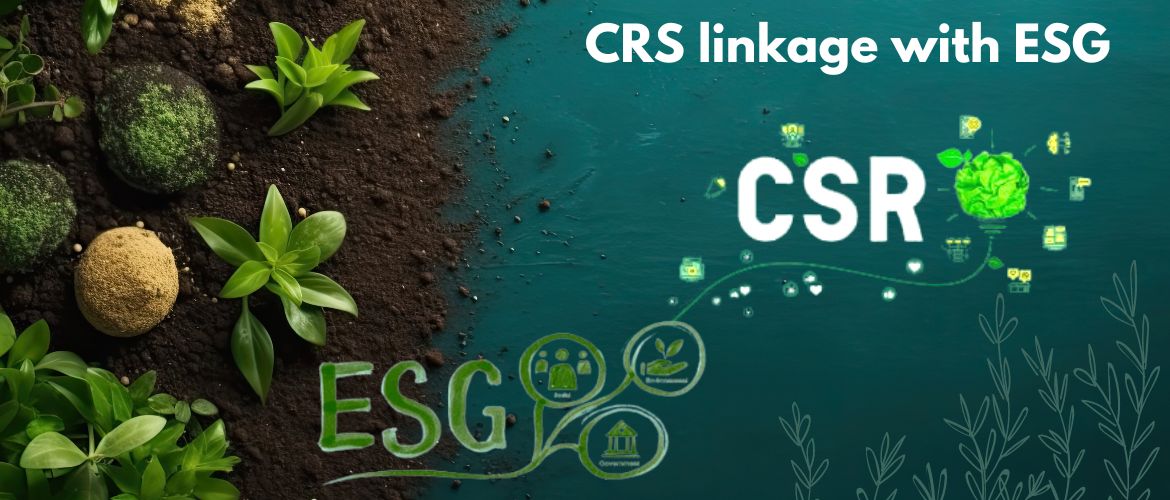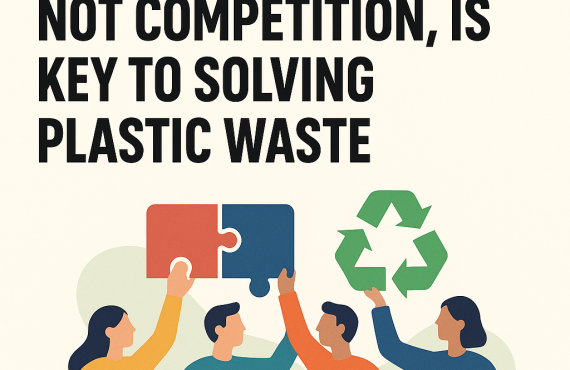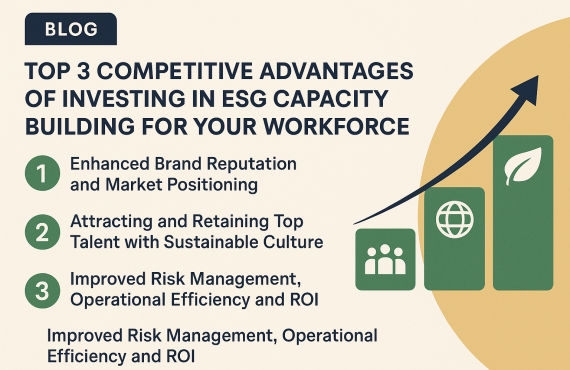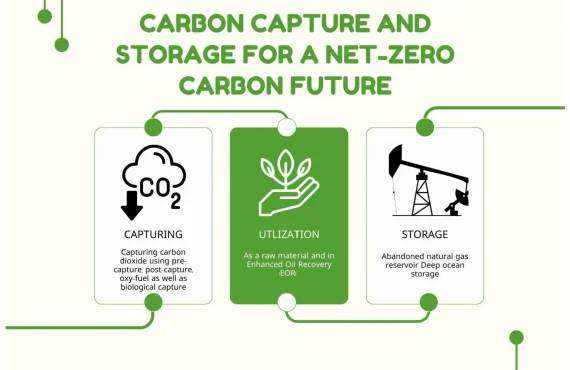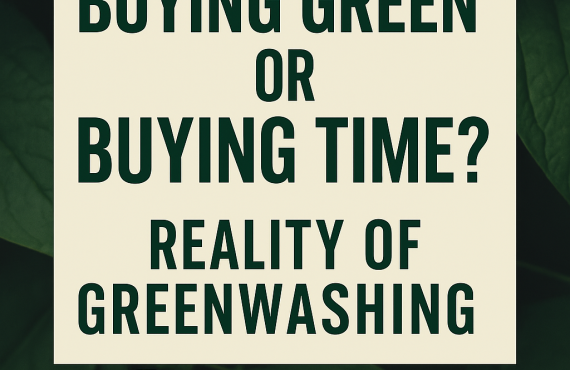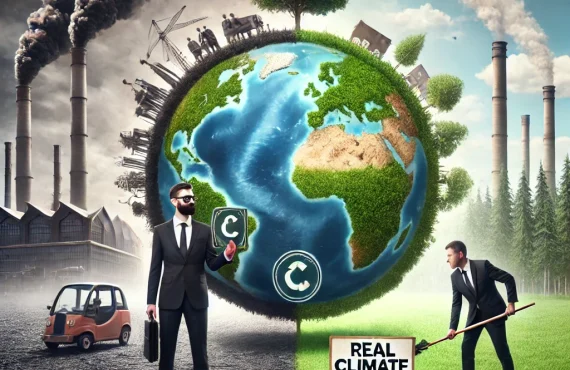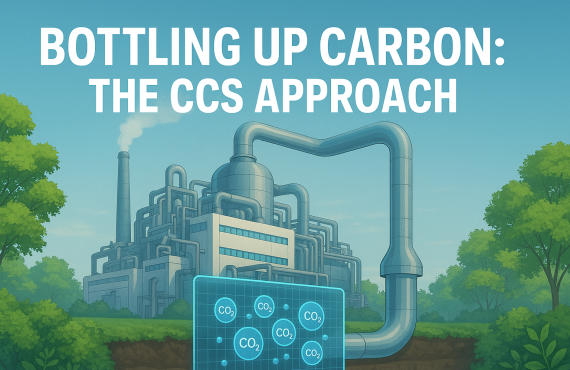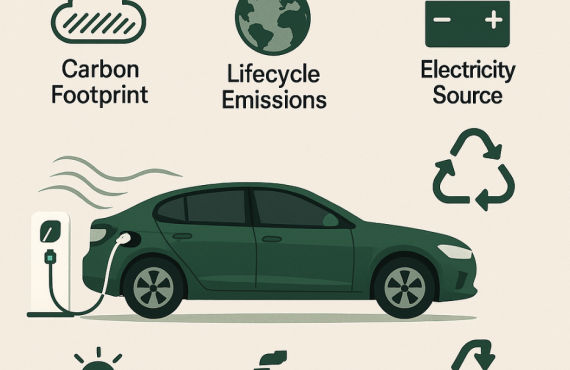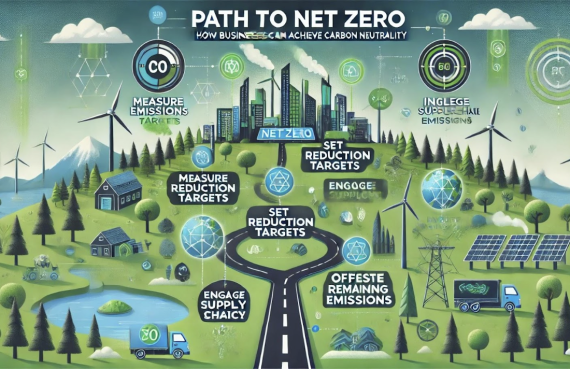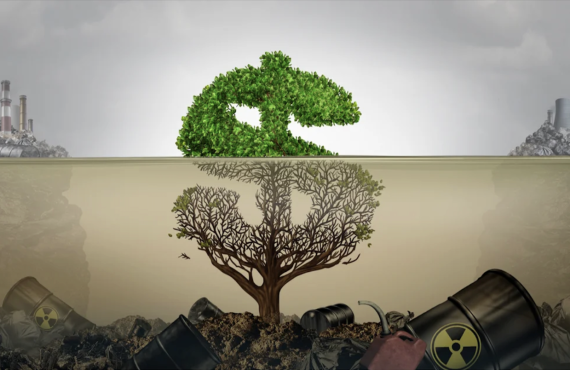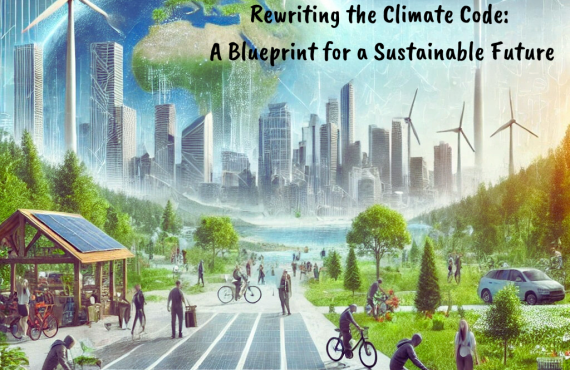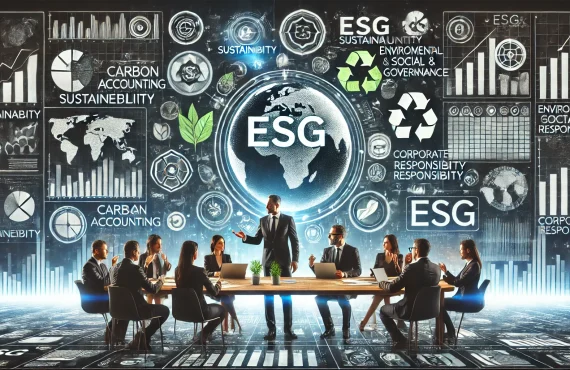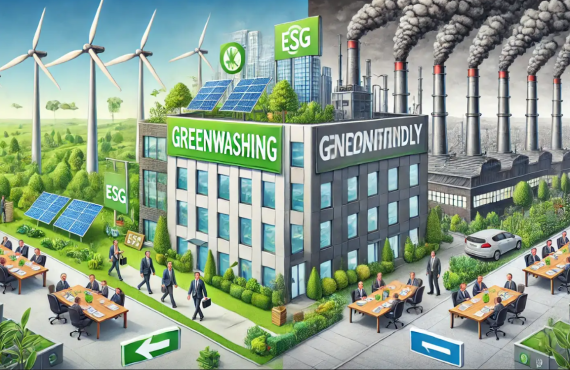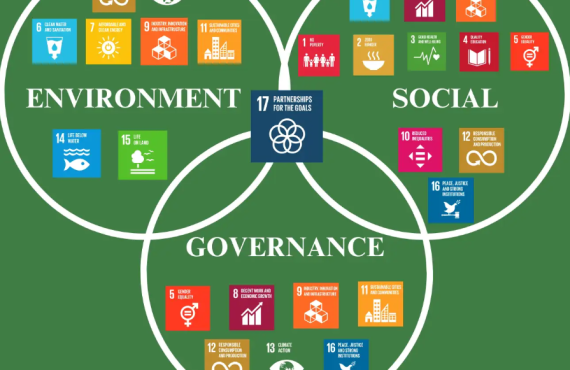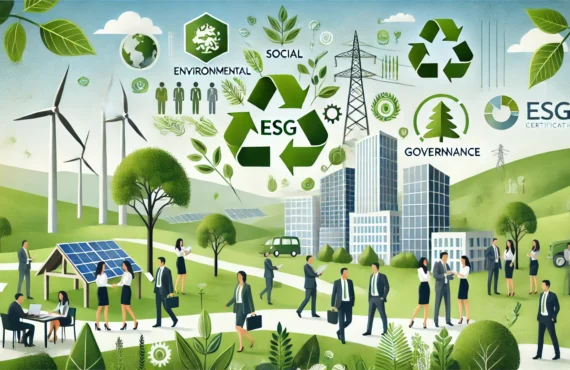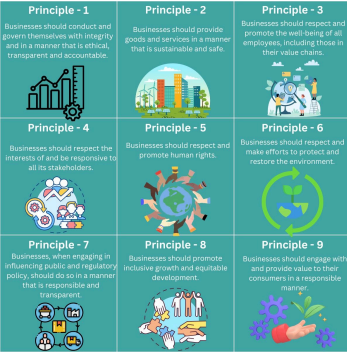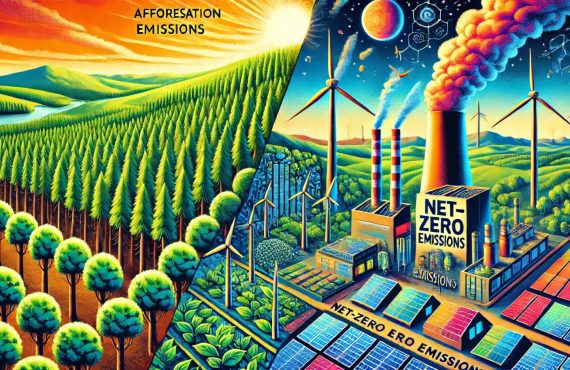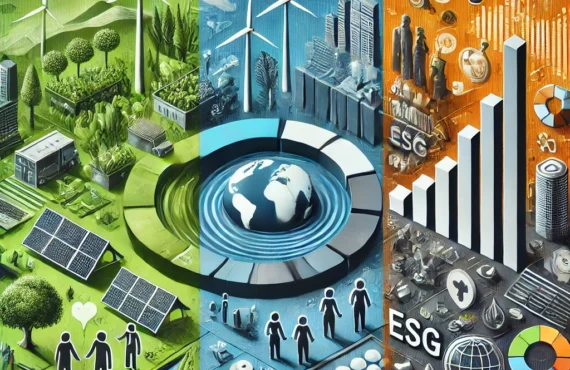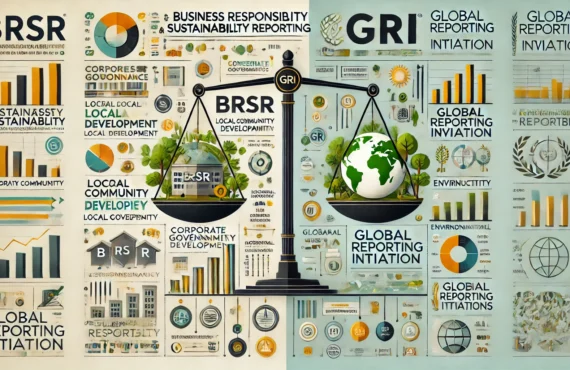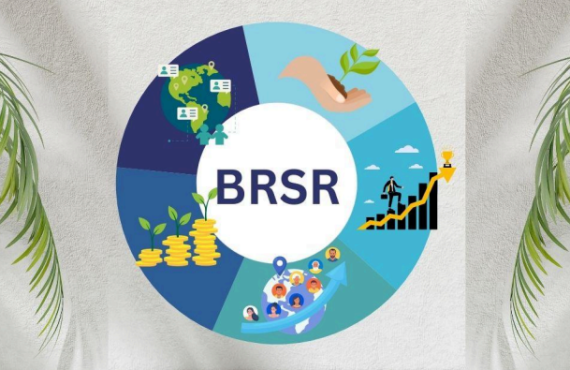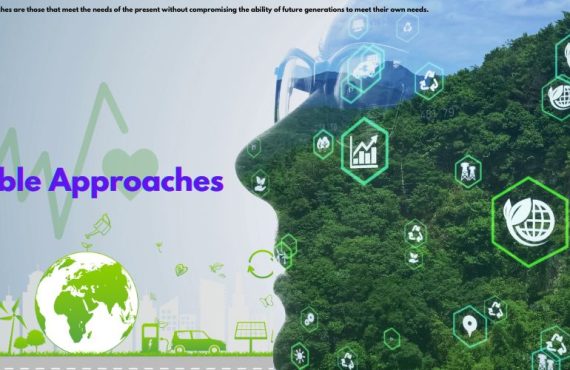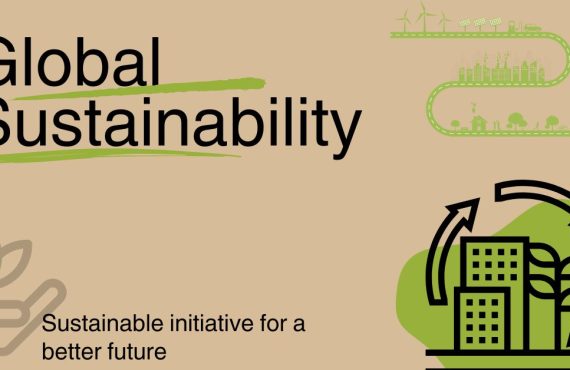The Harmonious Symphony of CSR and ESG: A Melody of Social Responsibility and Sustainable Growth
In the grand orchestra of modern business, two acronyms resonate with unique harmony: CSR and ESG. They are not mere buzzwords or checkboxes on a corporate to-do list; they represent the essence of responsible business practices and sustainable growth. To understand their significance, we must delve into the intricate composition of Corporate Social Responsibility (CSR) and Environmental, Social, and Governance (ESG) principles.
Unveiling the Enigma of Corporate Social Responsibility (CSR)
Corporate Social Responsibility, or CSR, is not a novel concept. Its roots trace back to the early 20th century when forward-thinking entrepreneurs recognized the obligation of businesses to contribute positively to society. At its core, CSR embodies the ethos of giving back, beyond profit maximization, towards creating a more equitable and sustainable world.
Today, CSR manifests in initiatives ranging from philanthropy and community engagement to ethical labor practices and environmental stewardship. It’s about corporations acknowledging their impact on society and proactively striving to mitigate negative consequences while amplifying positive ones.
The Rise of ESG: A Symphony of Sustainability
In recent years, a new melody has emerged in the corporate landscape: Environmental, Social, and Governance, or ESG. While CSR primarily focuses on social and philanthropic endeavors, ESG expands the scope to include environmental and governance factors. It encapsulates a holistic approach to sustainability and responsible business practices.
Environmental (E)
This component underscores the imperative of environmental stewardship. Efforts to reduce carbon footprint, conserve natural resources, and promote renewable energy are key. Embracing sustainability not only mitigates ecological harm but also fosters innovation and resilience in the face of climate change.
Social (S)
This dimension involves fostering diversity and inclusion within the workforce, ensuring fair labor practices throughout the supply chain, and contributing positively to local communities. Social responsibility extends beyond the office walls to the broader ecosystem in which businesses operate.
Governance (G)
Transparent and accountable governance frameworks are essential for fostering trust among stakeholders, mitigating risks, and safeguarding long-term value creation. Strong governance safeguards against ethical lapses and ensures alignment between corporate actions and societal expectations.
The Interplay between CSR and ESG: A Symbiotic Relationship
While CSR and ESG are distinct frameworks, they share a symbiotic relationship, each reinforcing and amplifying the impact of the other. Consider CSR as the heart of responsible business, driving philanthropic endeavors and community engagement. Meanwhile, ESG serves as the backbone, providing a structured framework to integrate sustainability across all facets of corporate operations.
For instance, a company committed to CSR may undertake initiatives such as donating to charitable causes or volunteering in local communities. However, without a comprehensive ESG framework, these efforts may lack strategic direction and long-term impact. ESG acts as a guiding compass, ensuring that CSR initiatives align with broader sustainability goals and contribute towards tangible outcomes.
Conversely, ESG frameworks derive strength from the depth and breadth of CSR initiatives. By embedding social and environmental considerations into corporate strategy, ESG frameworks elevate CSR from a peripheral activity to a core business imperative. This integration fosters resilience, enhances brand reputation, and drives long-term value creation for both shareholders and society at large.
The Path Forward: Orchestrating Sustainable Growth
As we face unprecedented global challenges – from climate change and social inequality to economic volatility – the role of CSR and ESG in shaping the future of business has never been more crucial. They represent not just a moral imperative but a strategic necessity for companies navigating an increasingly complex and interconnected world.
Embracing Continuous Improvement and Innovation
To harness the full potential of CSR and ESG, businesses must embrace a culture of continuous improvement and innovation. This entails integrating sustainability considerations into every aspect of decision-making, from product design and supply chain management to investor relations and stakeholder engagement.
Collaboration for Systemic Change
Furthermore, collaboration and knowledge-sharing among industry peers, policymakers, and civil society are essential to drive systemic change and accelerate progress towards a more sustainable and equitable future. By leveraging collective expertise and resources, we can amplify the impact of CSR and ESG initiatives, paving the way for transformative change on a global scale.
Conclusion: A Symphony of Social Responsibility and Sustainable Growth
In conclusion, the intertwining melodies of CSR and ESG compose a symphony of social responsibility and sustainable growth. CSR sets the stage for responsible business practices, while ESG provides a quantifiable lens through which investors evaluate sustainability performance. Together, they shape a more conscientious and impactful corporate landscape.
Remember, it’s not just about profits; it’s about purpose and positive influence.
Watch This : What is CSR (Corporate Social Responsibility) and how it is linked with ESG


